20 Tips, Methods, And Treatments To Stop Hair Fall Naturally
Preserving your locks is all about the right hair care routine, nutrition intake, and lifestyle.
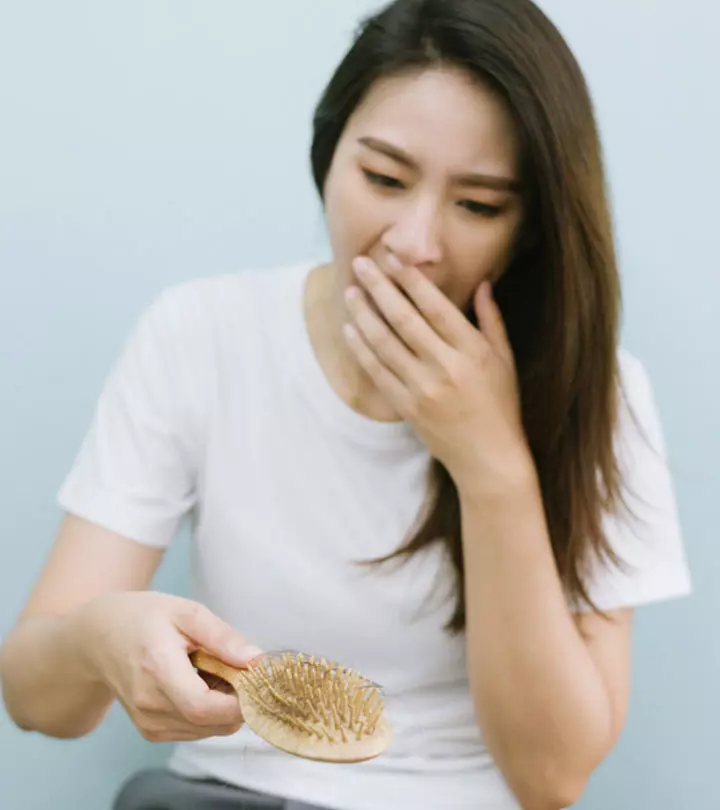
Image: Shutterstock
If you want to stop hair fall without worrying about it returning or getting worse, you have come to the right place. However, before we begin, it is important to note that shedding 50-100 hair strands per day is normal. Hair falling at a higher rate than this signifies an underlying health issue. Learning more about the root causes and types of hair loss can help you find targeted solutions. Food habits, environmental stress, lifestyle, and pollution are a few reasons behind hair fall. Further, excessive hairfall can be an unsettling experience, affecting your appearance and overall mental well-being. In this article, we have listed our top tips to control hair fall naturally. Keep scrolling!
In This Article
20 Ways To Reduce Hair Fall At Home For Men And Women
Hair Care
If you want to know how to reduce hair fall, start by taking good care of your scalp. Here’s what you can do at home every week or once a month to improve hair strength and vitality.
1. Hair Oil Scalp Massage

Gently massage your scalp in a circular motion for 20 minutes. Do this at least twice a week.
2. Homemade Hair Masks
You’ve probably heard many hair specialists talk about how to prevent hair fall with various hair masks. This is because when specially customized as per your hair needs, hair masks can do wonders. After a scalp massage, you can apply a homemade hair mask to nourish, soothe, and rejuvenate your hair roots. You can do this once or twice a week, depending on your convenience. Use the following DIY hair masks:
- Green Tea And Egg Hair Mask: Green tea contains EGCG (epigallocatechin-3-gallate) that can help stimulate hair growth (2). Eggs have been a popular hair care ingredient as they provide the hair with the essential nutrients it needs to grow healthily. Add 2 tablespoons of freshly brewed green tea to 1-2 egg yolks. Mix well. Apply the mask from root to tip for strong, thick, healthy, and shiny hair.
- Onion Hair Mask: Onion contains useful hair regrowth nutrients like folic acid, vitamins B, C, and E, phosphorus, zinc, potassium, magnesium, and carotene. Onion juice can aid hair regrowth in people experiencing patchy hair loss (3). Prepare an onion mask by grating a whole onion and pressing out the juice. Use cotton to dab the onion juice on the scalp. Leave it for 20-30 minutes before washing it off.
- Aloe Vera Hair Mask:

Aloe vera has hydrating properties (4). It nourishes the roots and softens the hair shaft. This makes your hair smoother and less prone to breakage. Mix 2 tablespoons of mashed aloe vera gel with 2 tablespoons of coconut oil. Apply it to the scalp and leave it for 20 minutes before washing off.
3. Use A Gentle Shampoo
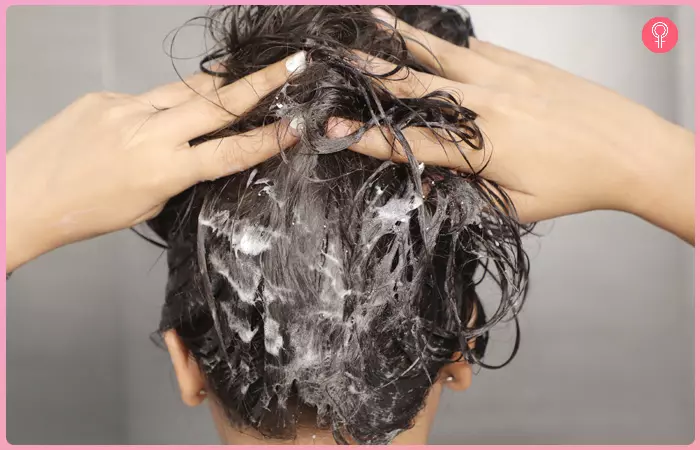
After an oil massage or hair mask, wash your hair with a gentle herbal or a medicated shampoo. It will help reduce dandruff and excess oil.
Massage your scalp in a circular motion with your fingertips. Use a scrunching motion to shampoo the hair strands; do not rub them. Also, shampoo your hair twice a week to wash off any excess dirt or build-up.
4. Apply A Conditioner
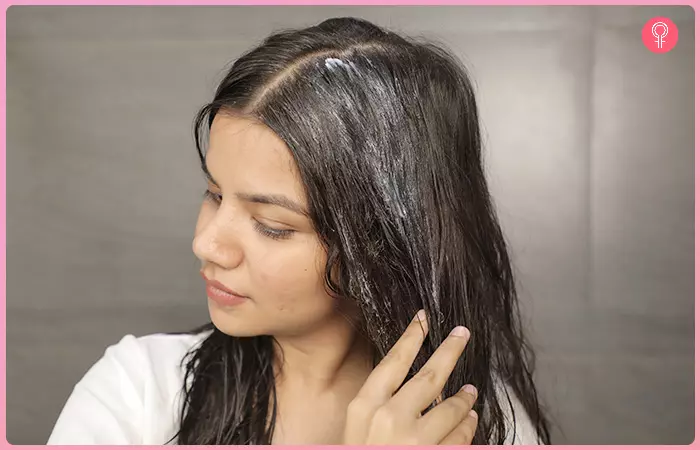
After shampoo, use a moisturizing and nourishing conditioner. Apply it only to the hair strands and not the scalp. Leave it on for 10 minutes before rinsing. Do this every time you wash your hair.
You can also use a deep conditioning homemade hair mask once every week. Mix honey and milk. Apply it to your hair and leave it on for 20 minutes. Wear a shower cap to protect your hair. Wash your hair with a mild shampoo and finish off with a conditioner.
5. Gently Dry With A Towel

After washing your hair, use a soft towel to wrap your hair and let the towel naturally soak the excess water. Avoid rubbing your hair shafts together to dry your hair.
Use a scrunching motion to gently dry your hair without damaging the roots or the shafts. If you are in a hurry, use a hair dryer at a moderate heat setting. However, avoid frequent use of blow dryers at all costs.
 Quick Tip
Quick Tip6. Use A Wooden Comb
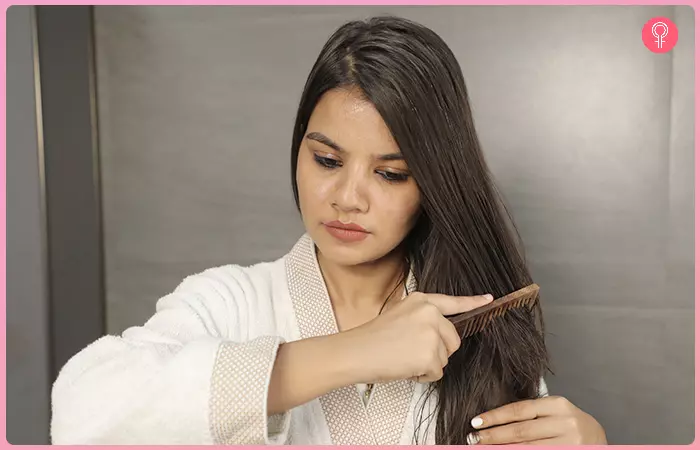
7. Indulge In A Hair Spa At Home
If you want to maintain luscious and healthy hair, a hair spa works best. The good news is you can do it at home by following these easy steps:
Step 1: Shampoo your hair.
Step 2: Apply a deep conditioning hair mask.
Step 3: Apply steam to your hair. You can dip a towel in hot water, squeeze the excess water, and wrap the towel around your head. You can also use one of these good hair steamers.
Step 4: Wash off the conditioner. Towel dry.
Step 5: Apply a light oil or serum.
A hair spa at home will make your hair and scalp healthier, the roots stronger, and improve blood circulation. It reduces hair fall and stimulates hair growth by nourishing the hair follicles and removing impurities. Your hair will feel softer and look shinier.
8. Trim Your Hair
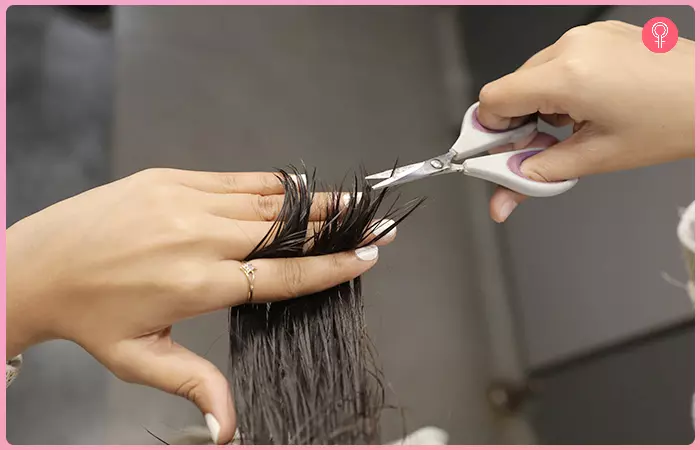
Dry, brittle, and split ends make the hair more prone to breakage. Trim your hair at home or a salon every 3-4 months to keep it healthy. Shampoo your hair before trimming. Use a conditioner and wash your hair. Finish off by applying a light oil or a hair serum.
9. Avoid Too Much Styling
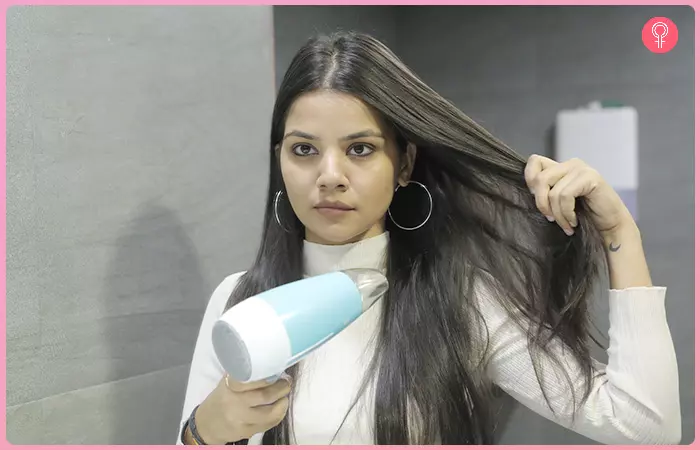
Avoid over-processing and styling. Repeated heat styling and using harsh chemicals to straighten, perm, color, and bleach your hair can make it dry and brittle and weaken the follicles.
If you want to curl your hair, use rollers or follow DIY methods on YouTube. You can also use herbal colors to cover grays. Henna and beetroot are also good for coloring hair naturally.
Nutrition
When it comes to reducing hair fall, your diet plays a crucial role. Here’s what to consume to improve your scalp and hair health.
10. Omega-3
Omega-3 helps reduce low-grade inflammation and stress (7). This, in turn, helps reduce hair fall. The best sources of omega-3 are fatty fish and fish oil. Consume fish like mackerel, tuna, and sardine. You may also consult a doctor and take omega-3 supplements.
11. Protein
Your hair is made of keratin, a type of protein. Hence, you must consume a diet rich in protein to protect and strengthen your hair (8). Consume lentils, soybean, beans, seeds, nuts, eggs, fish, and skinless chicken breast.
12. Vitamin C
Vitamin C is a strong antioxidant that helps scavenge the harmful free oxygen radicals. Hair fall triggered due to the high accumulation of toxins that can be reduced by consuming vitamin C-rich foods (9). Consume Indian gooseberry (amla), oranges, sweet lime, lime, strawberries to improve hair strength, shine, softness, and thickness.
13. Veggies
Vegetables like spinach, raw papaya, bottle gourd, carrot, ladies finger, sweet potato, squash, tomato, beans, and pumpkin are great sources of vitamins and minerals. They help nourish the follicles and make the hair strands stronger. Consume at least 3 different veggies per day in curries or salads.
14. Stay Hydrated To Improve Hair Health

Dehydration or not drinking enough water can lead to dry, frizzy, and lifeless hair that is prone to breakage and results in hair fall. Water also lubricates the hair follicles and improves the circulation of vitamins and minerals essential for hair growth. That is why drinking at least 2-3 liters of water every day is important to prevent hair fall.
Lifestyle
Along with following a good hair care routine and a proper diet, tweaking your lifestyle can also help reduce hair fall. Here’s what you can do.
15. Keep Your Head Sweat-Free
Whether you exercise or sweat a lot in general, try to keep your scalp sweat-free. Sweating dehydrates the hair strands, leading to bacterial growth, fungal infections, blocked pores, and lactic acid accumulation. Take a shower every time you exercise and dry your hair with a clean towel. You can also use a blow dryer at a low heat setting to quickly dry your scalp.
16. Avoid Smoking
Cigarette smoke contains harmful free oxygen radicals. These toxins, if not expelled, can lead to a weak immune system. They also damage the hair follicles, leading to increased hair fall (10). Reduce smoking to prevent hair loss and help your hair grow thicker.
17. Reduce Alcohol Consumption
Alcohol causes dehydration. It also reduces the body’s ability to absorb essential vitamins and minerals that are good for hair growth and hair strengthening. Reduce your consumption of alcohol. You can drink one glass of wine twice a week. You may also drink chilled fruit juice with crushed ice and herbs, which will help rejuvenate and strengthen the hair follicles.
18. Yoga And Breathing Exercises
Yoga and other forms of exercise are good for fitness and strengthening the immune system. Yoga poses like Sirsasana (headstand) and Sasankasana help increase blood circulation to the scalp and may stimulate hair growth. You can also do breathing exercises like anulom vilom and kapalbhati to expel toxins from the body and boost hair health.
19. Destress Regularly
Stress is not good for your health and hair. Stress increases the levels of toxins in your body, which weakens the roots of your hair and makes it more prone to fungal infections. De-stress regularly by either practicing meditation and breathing exercises.
Do something that interests you – walking, dancing, painting, reading, writing, cooking, playing a sport, playing musical instruments, listening to music or podcasts, talking to friends, gardening, etc.
20. Sleep Well Every Night
Sleeping helps reboot your entire system. Getting 6-7 hours of sleep detoxes and rejuvenates your mind and body, reduces stress, and strengthens the immune system. Lack of adequate sleep can increase cortisol (stress hormone) levels, making the hair follicles weak, causing hair thinning that could lead to hair loss. If you have difficulty sleeping, read a book, or listen to soothing music. Switch off all electronic gadgets and lights before you go to bed.
These are the 20 effective ways to reduce hair fall and stimulate hair growth without burning a hole in your pocket. Take care of your hair regularly, and you will see a difference in its thickness and appearance. However, if the problem persists, the next step is to seek help from a licensed professional. Here’s a list of hair fall treatments that are available.
Hair Fall Treatments
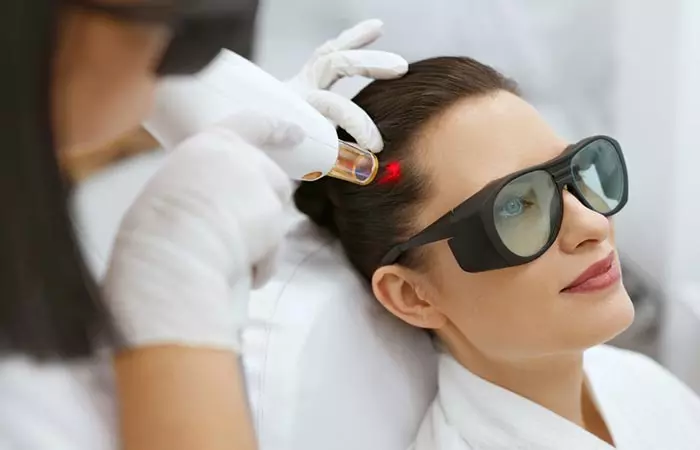
- Laser Therapy
Low-Level Laser Therapy (LLLT) is growing in popularity as an effective hair growth treatment. It deals with hair loss or thinning hair by providing extra energy to the damaged cells in your scalp to resume normal functioning. This can help stimulate hair growth and reduce hair fall (11).
- Hair Transplantation
Hair transplantation is one of the restorative methods for hair. It is achieved by taking donor hair and placing it where hair loss occurs. You might experience temporary hair loss initially, but the donor hair eventually grows the same way it did on the donor site. It has very few complications (12).
Hair transplantation has grown to be one of the most efficient methods of gaining hair after hair loss. The following graph presents the cost of hair transplantation per graft in different countries. According to the graph, Canada had the highest and Turkey had the lowest cost per graft in the year 2020-21.

Hair transplant cost per graft in select countries in 2020 and 2021
Source: Cost per graft for a hair transplant in select countries worldwide in 2020 and 2021- Medications
Certain medications can also help reduce hair fall. Talk to your doctor before using any of the ones mentioned below:
(a) Minoxidil (Rogaine) is an ingredient in over-the-counter medicated shampoos that helps reduce hair loss and stimulates fast hair growth (13). However, it might cause scalp irritation and unwanted hair growth on the sides of the face.
(b) Finasteride (Propecia) is prescribed by licensed physicians to men with hair fall issues (14). It slows down hair fall and may help in hair regrowth. However, as a side effect, it might diminish sexual drive. Pregnant women must avoid it.
While these treatments have good success rates, researchers are trying to find more advanced methods to eliminate hair and scalp problems. Two emerging treatments that show great potential are:
- Platelet-Rich Plasma (PRP) Therapy
PRP therapy involves using platelets from the patient’s own blood and injecting it into the scalp. These platelets are rich in growth factors that have the potential to stimulate and revitalize weakened hair follicles (15).
- Stem Cell Therapy
Stem cell therapy is being researched for its potential in treating various types of baldness. It works by injecting the patient’s stem cells into the scalp to stimulate and repair damaged hair follicles (16).
Although further research and experiments are still required for these two treatments, they are reported to have great potential and may help completely eliminate hair fall and baldness.
If you are wondering which treatments can be most suitable for you, you must be aware of the cause that is triggering it. Here’s a list of reasons you might be losing hair.
Causes Of Hair Fall
The causes of hair fall vary from person to person. The below-listed causes of hair fall in men and women may help you to understand your problem and learn how to stop hair loss.
- Hereditary Factors: If your parents have a hair loss problem, it is likely that you will as well. Hereditary hair fall is called alopecia (17). While this is more evident in men, women, too, are likely to develop genetically inherited alopecia.
- Hormonal Changes: Hormonal changes in the body increase the sensitivity of hair follicles, weaken the hair roots, and cause hair fall. Menopause, PCODi Polycystic ovarian disorder, which is caused due to hormonal imbalances where cysts develop in ovaries and disturb the menstrual cycle. , hypothyroidism, hyperthyroidismi A condition where the thyroid gland produces excess thyroid hormone, causing abnormal sweating, irregular heartbeat, and irritability. , excess testosterone, etc. may eventually cause hair loss in men and women (18), (19), (20).
- Pregnancy: Most pregnant women and new moms experience frequent dehydration, fatigue, and hormonal imbalance. This increases sensitivity in the hair follicles and creates unfavorable scalp conditions. All of these factors may lead to chronic hair fall.
- Physical And Mental Stress: Persistent illness, drastic and excessive weight loss, and extreme physical labor can cause the body to get dehydrated and exhausted. This can make the hair follicles undernourished and weak and may cause rapid hair loss.
- Scalp Infection: Fungal, bacterial, and viral infections like seborrheic dermatitisi A condition characterized by red, scaly patches on the skin, mainly on the scalp and oily areas like the face, chest, and back. and psoriasis in the scalp can weaken the roots and damage hair follicles, thereby causing thinning, breakage, and hair fall.
- Alopecia Areata: Alopecia areata is an autoimmune disorder in which the immune system mistakes hair for a foreign contaminant and starts attacking the hair follicles, causing hair loss (21). A licensed doctor may prescribe different treatments for alopecia areata, like corticosteroid injections, anthralin ointment, topical corticosteroids, etc.
- Medication And Treatments: Certain medications may lead to hair fall as a side effect. Treatments like chemotherapy, steroids, and medications for typhoid, heart diseases, depression, etc. may cause extreme hair fall. Alopecia was found to be one of the common adverse effects of Voriconazole, an antifungal medicine (22).Other drugs that may cause hair loss are acne medicines containing retinoidsi A class of compounds derived from vitamin A that help reduce wrinkles and other signs of aging. , antibiotics and antifungal drugs, birth control pills, anti-clotting drugs, epilepsyi A disorder that causes seizures or episodes of unusual behavior due to abnormal brain activity, leading to a loss of awareness. drugs, high blood pressure drugs, anti-inflammatory drugs, weight loss drugs, hormone replacement therapy, Parkinson’s diseasei A progressive central nervous system disorder that causes unintended and uncontrollable movements, including tremors. drugs, and thyroid medications (23), (24), (25).
- Thyroid Disorders: Thyroid disorders and anti-thyroid medication almost always lead to hair loss. The hair looks sparse, and the hair loss is evenly distributed all over the scalp. Successful treatment often leads to the hair growing back.
- Iron Deficiency, Anemia, And Blood Loss: Deficiency of red blood cells in the body, sudden loss of blood, and insufficient iron levels in the body cause not only fatigue, weakness, and headaches but also hair loss.
- Crash Diets And Malnutrition: Insufficient intake of nutrients and following an unhealthy and unbalanced diet can cause malnourishment in the body. This leads to dehydration of the scalp and hair and can trigger excessive hair fall.
- Over Supplementation: Over supplementation of a few nutrients, like vitamin A, vitamin E, and selenium, can cause hair loss, among other risks (8). Instead of taking vitamins in their concentrated form as supplements, consuming them from fruits and other organic foods is better.
- Styling: Heavy usage of hair products and hair accessories can lead to hair loss. Some hair products, like sodium lauryl sulfate shampoos and hair sprays, are known to contain chemicals that are not good for your hair and scalp. Hair accessories (like elastic bands) are known to pull on the hair.
Apart from knowing the causes of hair loss, being aware of the type of hair fall you are dealing with can also help in getting the right treatment. Scroll down for more.
Types Of Hair Fall
- Alopecia
This is the most common type of hair loss and is a result of heredity, medical conditions, and hormonal changes. It can be temporary or permanent.
- Telogen Effluvium
It is a temporary type of hair loss leading to excessive hair shedding. It occurs when hair follicles enter the telogen phase (resting phase) prematurely.
- Anagen Effluvium
It refers to rapid hair fall during anagen, the first phase of the hair growth cycle. It is often induced by treatments like chemotherapy but can be managed with proper medications.
- Tinea Capitis
This is a type of fungal infection on the scalp that affects the hair follicles, leading to hair loss. It is caused by fungi species Trichophyton and Microsporum and can be managed with antifungal medications.
Conclusion
Tweaking your diet and lifestyle and taking regular care of your scalp and hair can make your hair stronger. This, in turn, will reduce hair fall and stimulate hair growth. Follow the above-mentioned methods to see good results. If the condition persists or you are experiencing excessive hair fall, consult a doctor.
Infographic: 20 Tips, Methods, And Treatments To Stop Hair Fall Naturally
It is natural to shed a few hair strands in a day. However, excessive hair loss may be a sign of something more serious and may warrant intervention.
Think about what you have been exposing your hair to, what you have been eating, and if you have a medical condition that needs attention.
See the infographic below to know how to control hair fall for women. These tips tell you what to change in your hair care routine and what foods you should eat to prevent hair fall issues. Illustration: StyleCraze Design Team

You don’t need to search high and low to know how to stop hair fall immediately. Simply modifying your hair care routine can help. Regular oil massages, hair masks, shampooing, and conditioning can help nourish the strands from the roots and help stop hair fall. Do not use too many styling products as some of them can be harsh on the strands and weaken them. Also, trimming your hair helps you get rid of split ends, so get it done once every 3-4 months. It is also important to choose the right products to maintain your hair. For example, using a wooden comb helps prevent static energy-induced hair fall that is common with plastic combs. Also if you’re keen on knowing how to prevent hair loss through diet, eating lots of vegetables and getting enough protein, omega-3 fatty acids, and vitamin C can keep your locks stay strong and healthy.
Frequently Asked Questions
Can lost hair grow back?
If the hair follicle is damaged, the hair will not grow back. But if it is intact, it is possible to regrow lost hair.
Is it normal to lose hair every day?
Yes. It is normal to shed between 50-100 strands of hair every day.
Can hairfall be stopped permanently?
Your hair grows in phases and eventually falls out so new hair can grow in its place. However, if you have hair loss, it can be treated. Depending on the cause of hair loss, your doctor can give you a recommended plan of actions.
Do normal hair fall grow back?
Yes, it is normal for us to lose some hair as part of the natural hair growth cycle. Once you lose a hair strand, a new root grows out. However, if new hair does not grow it can be a sign of hair loss or some other underlying medical issue.
What role do genetics play in hair loss, and is there anything that can be done to prevent or delay the onset of hair fall due to genetic factors?
Sadly, there is no way to stop or slow down hair loss due to genetic factors. Still, modern medical treatments like minoxidil, finasteride, and spironolactone have proven useful to maintain, enhance, and optimize hair growth in both men and women. Taking supplements like biotin and vitamin D and eating a healthy diet, rich in protein, can also contribute to promoting healthy hair growth.
What impact does age have on hair fall, and what can be done to maintain healthy hair as we age?
As we get older, our hair can start to thin and fall out due to a variety of reasons. Men experience hair loss by the age of 40, while women may start to experience hair thinning on the center of the scalp by age 30. It is important to eat a healthy diet and avoid harsh treatments like curling and dyes.
Are there any recent scientific breakthroughs in hair loss treatment, and what can we expect from future research on this topic?
In October 2022, Japanese scientists made an exciting breakthrough in hair loss research. They successfully generated hair follicles in cultures. This result could pave the way for new treatment strategies for hair loss disorders like alopecia (24).
Key Takeaways
- Genetics, hormonal changes, constant styling, or stress may cause hair fall.
- Massaging your hair with coconut oil, applying hair masks, and trimming your hair every 3 to 4 months can boost overall hair health.
- You can change the quality of your hair by consuming a vitamin C and omega 3 fatty acids-rich diet, engaging in physical exercise, sleeping well, and avoiding alcohol.
- You can also opt for hair transplantation or medication to decrease hair fall and stimulate hair growth in severe cases.
Illustration: 20 Tips Methods And Treatments To Stop Hair Fall Naturally
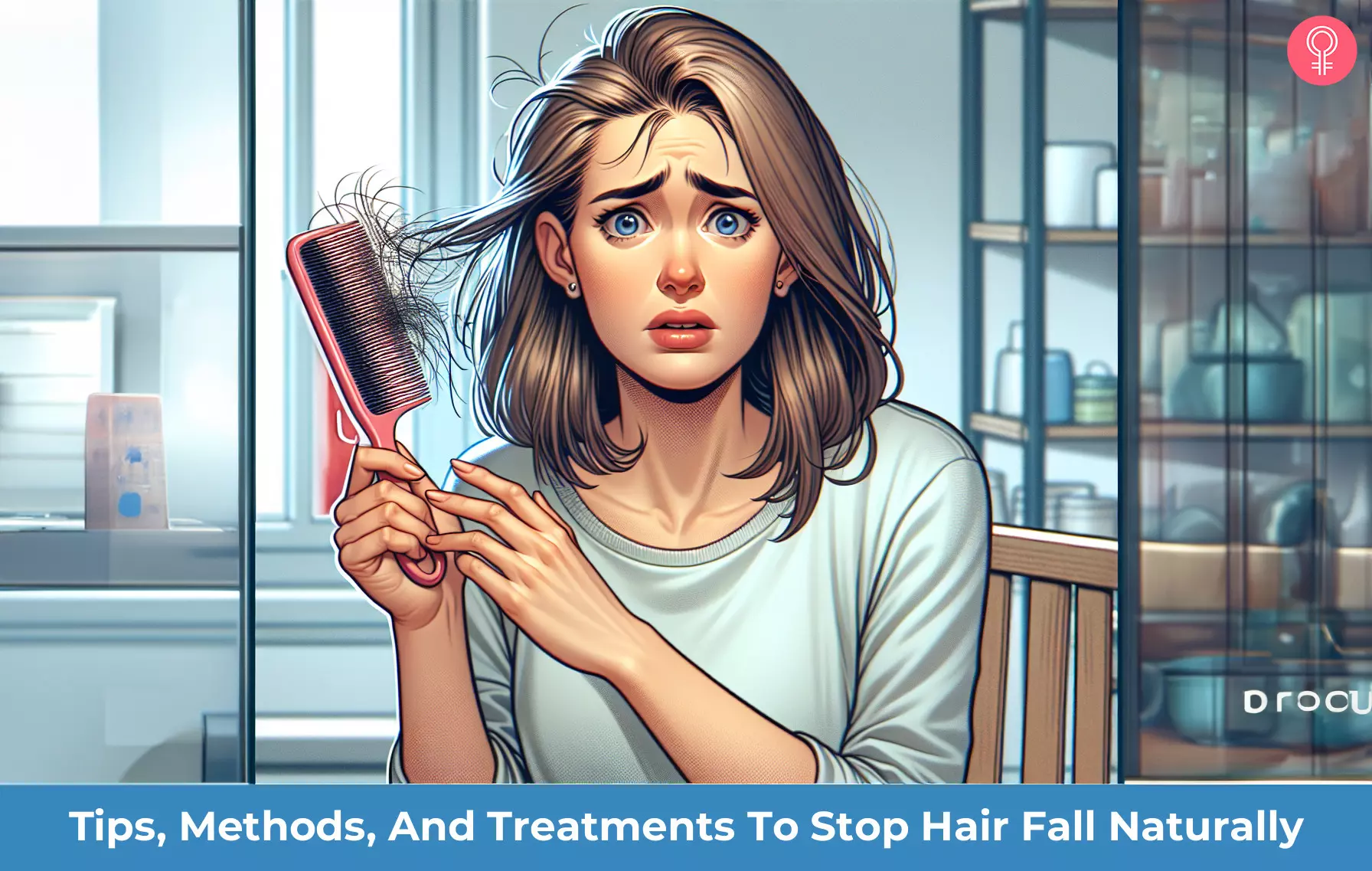
Image: Dall·E/StyleCraze Design Team
Are you struggling with hair fall? Learn how to stop hair fall and regrow your hair with simple, nutrient-rich treatments. Check it out!
Personal Experience: Source
StyleCraze's articles are interwoven with authentic personal narratives that provide depth and resonance to our content. Below are the sources of the personal accounts referenced in this article.
i. My Immortal’s Oil Review — How I Stopped Hair Thinning in its Trackshttps://medium.com/@shanongardin/my-immortals-oil-review-how-i-stopped-hair-thinning-in-its-tracks-3ca5241a0053
References
Articles on StyleCraze are backed by verified information from peer-reviewed and academic research papers, reputed organizations, research institutions, and medical associations to ensure accuracy and relevance. Read our editorial policy to learn more.
- Koyama, Taro et al. “Standardized Scalp Massage Results in Increased Hair Thickness by Inducing Stretching Forces to Dermal Papilla Cells in the Subcutaneous Tissue.” Eplasty 16 e8. 25 Jan. 2016
https://www.ncbi.nlm.nih.gov/pmc/articles/PMC4740347/ - Kwon, O S et al. “Human hair growth enhancement in vitro by green tea epigallocatechin-3-gallate (EGCG).” Phytomedicine : international journal of phytotherapy and phytopharmacology 14,7-8 (2007): 551-5.
https://pubmed.ncbi.nlm.nih.gov/17092697/ - Sharquie, Khalifa E, and Hala K Al-Obaidi. “Onion juice (Allium cepa L.), a new topical treatment for alopecia areata.” The Journal of dermatology 29,6 (2002): 343-6.
https://pubmed.ncbi.nlm.nih.gov/12126069/ - Surjushe, Amar et al. “Aloe vera: a short review.” Indian journal of dermatology 53,4 (2008): 163-6.
https://www.ncbi.nlm.nih.gov/pmc/articles/PMC2763764/ - Hair Growth-Promoting Effects of Lavender Oil in C57BL/6 Mice
https://www.ncbi.nlm.nih.gov/pmc/articles/PMC4843973/ - Peppermint Oil Promotes Hair Growth without Toxic Signs
https://www.ncbi.nlm.nih.gov/pmc/articles/PMC4289931/ - Kiecolt-Glaser, Janice K et al. “Omega-3 supplementation lowers inflammation and anxiety in medical students: a randomized controlled trial.” Brain, behavior, and immunity 25,8 (2011): 1725-34.
https://www.ncbi.nlm.nih.gov/pmc/articles/PMC3191260/ - Guo, Emily L, and Rajani Katta. “Diet and hair loss: effects of nutrient deficiency and supplement use.” Dermatology practical & conceptual 7,1 1-10.
https://www.ncbi.nlm.nih.gov/pmc/articles/PMC5315033/ - Almohanna, Hind M et al. “The Role of Vitamins and Minerals in Hair Loss: A Review.” Dermatology and therapy 9,1 (2019): 51-70.
https://www.ncbi.nlm.nih.gov/pmc/articles/PMC6380979/ - Trüeb, Ralph M. “Association between smoking and hair loss: another opportunity for health education against smoking?.” Dermatology (Basel, Switzerland) 206,3 (2003): 189-91.
https://pubmed.ncbi.nlm.nih.gov/12673073/ - Suchonwanit, Poonkiat et al. “Low-level laser therapy for the treatment of androgenetic alopecia in Thai men and women: a 24-week, randomized, double-blind, sham device-controlled trial.” Lasers in medical science 34,6 (2019): 1107-1114.
https://pubmed.ncbi.nlm.nih.gov/30569416/ - Khanna, Manoj. “Hair transplantation surgery.” Indian journal of plastic surgery : official publication of the Association of Plastic Surgeons of India 41,Suppl (2008): S56-63.
https://www.ncbi.nlm.nih.gov/pmc/articles/PMC2825128/ - Suchonwanit, Poonkiat et al. “Minoxidil and its use in hair disorders: a review.” Drug design, development and therapy 13 2777-2786.
https://www.ncbi.nlm.nih.gov/pmc/articles/PMC6691938/ - McClellan, K J, and A Markham. “Finasteride: a review of its use in male pattern hair loss.” Drugs 57,1 (1999): 111-26.
https://pubmed.ncbi.nlm.nih.gov/9951956/ - Gentile, Pietro et al. “The Effect of Platelet-Rich Plasma in Hair Regrowth: A Randomized Placebo-Controlled Trial.” Stem cells translational medicine vol. 4,11 (2015): 1317-23.
https://pmc.ncbi.nlm.nih.gov/articles/PMC4622412/ - Talebzadeh, Arjavon T, and Nojan Talebzadeh. “Stem Cell Applications in Human Hair Growth: A Literature Review.” Cureus vol. 15,4 e37439. 11 Apr. 2023
https://www.ncbi.nlm.nih.gov/pmc/articles/PMC10174680/ - Ho CH, Sood T, Zito PM. Androgenetic Alopecia. [Updated 2020 Aug 10]. In: StatPearls [Internet]. Treasure Island (FL): StatPearls Publishing; 2020 Jan.
https://www.ncbi.nlm.nih.gov/books/NBK430924/ - Kische, Hanna et al. “Sex Hormones and Hair Loss in Men From the General Population of Northeastern Germany.” JAMA dermatology 153,9 (2017): 935-937.
https://www.ncbi.nlm.nih.gov/pmc/articles/PMC5817427/ - Dinh, Quan Q, and Rodney Sinclair. “Female pattern hair loss: current treatment concepts.” Clinical interventions in aging 2,2 (2007): 189-99.
https://www.ncbi.nlm.nih.gov/pmc/articles/PMC2684510/ - Contreras-Jurado, Constanza et al. “Thyroid hormone signaling controls hair follicle stem cell function.” Molecular biology of the cell 26,7 (2015): 1263-72.
https://www.ncbi.nlm.nih.gov/pmc/articles/PMC4454174/ - Pratt, C Herbert et al. “Alopecia areata.” Nature reviews. Disease primers 3 17011.
https://www.ncbi.nlm.nih.gov/pmc/articles/PMC5573125/ - Malani, Anurag N et al. “Alopecia and nail changes associated with voriconazole therapy.” Clinical infectious diseases : an official publication of the Infectious Diseases Society of America 59,3 (2014): e61-5.
https://pubmed.ncbi.nlm.nih.gov/24855150/ - Malkud, Shashikant. “Telogen Effluvium: A Review.” Journal of clinical and diagnostic research : JCDR 9,9 (2015): WE01-3.
https://www.ncbi.nlm.nih.gov/pmc/articles/PMC4606321/ - Llau, M E et al. “Les alopécies médicamenteuses: revue de la littérature” [Drug-induced alopecia: review of the literature]. Therapie 50,2 (1995): 145-50.
https://pubmed.ncbi.nlm.nih.gov/7631289/ - Tosi, A et al. “Drug-induced hair loss and hair growth. Incidence, management and avoidance.” Drug safety 10,4 (1994): 310-7.
https://pubmed.ncbi.nlm.nih.gov/8018303/ - Tatsuto, K et. al. “Reprogramming of three-dimensional microenvironments for in vitro hair follicle induction.” Science Advances 42, 8 (2022).
https://www.science.org/doi/10.1126/sciadv.add4603
Read full bio of Dr. K. Harish Kumar
Read full bio of Anjali Sayee
Read full bio of Eshna Das
Read full bio of Swathi E





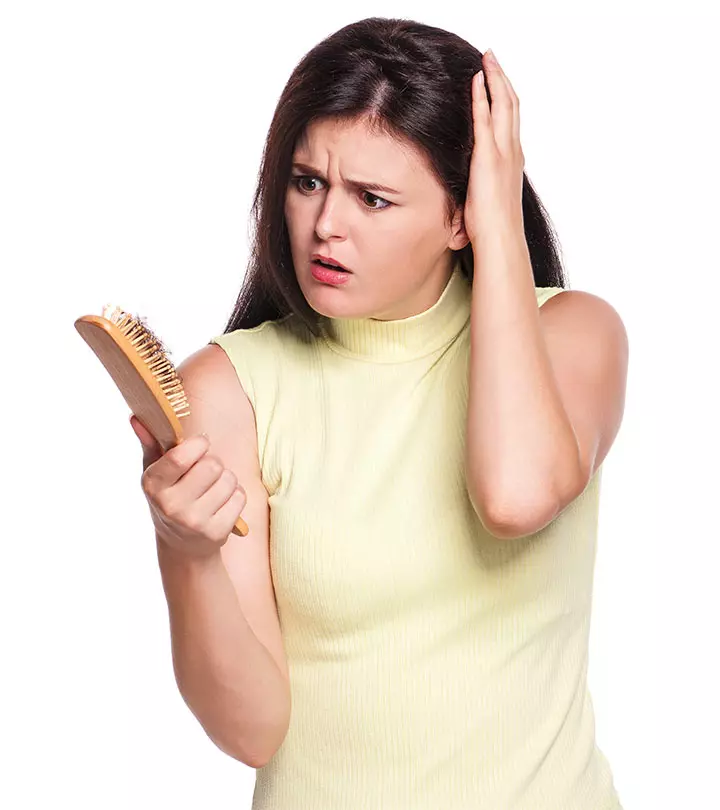
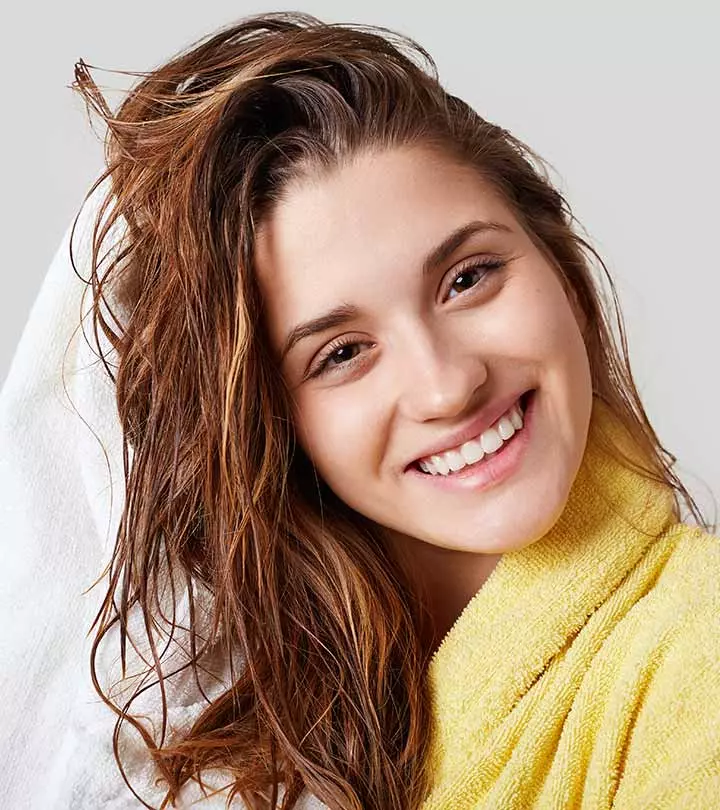

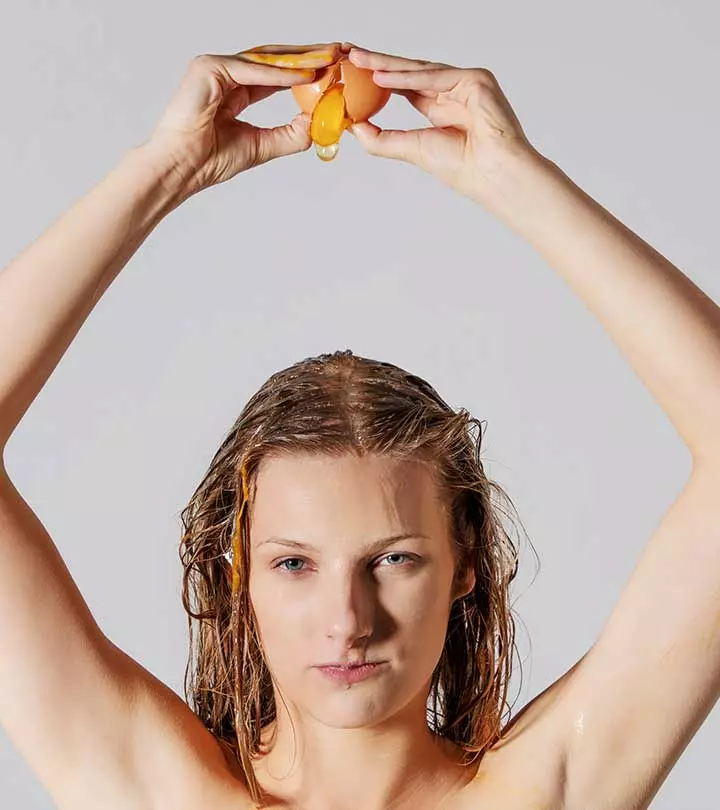
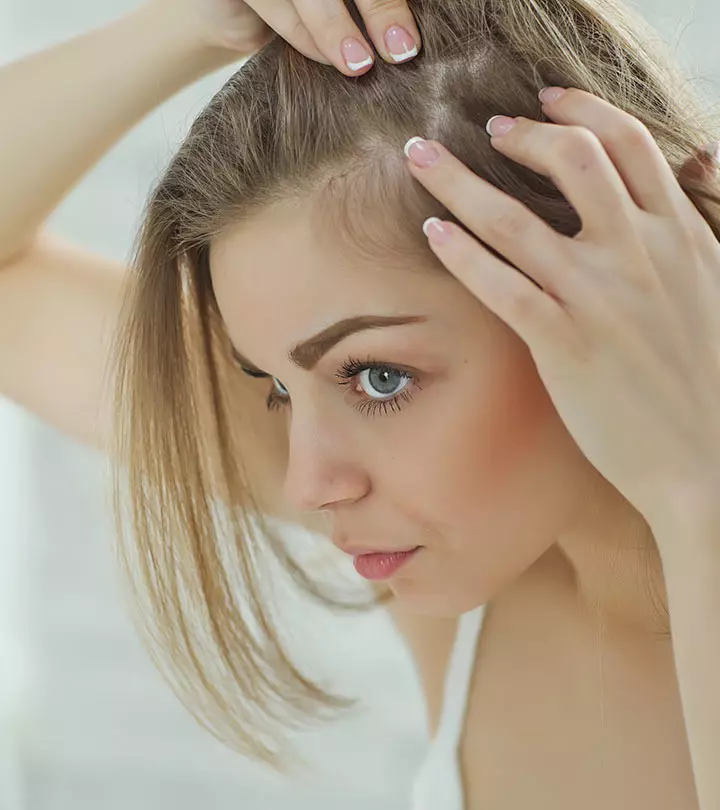
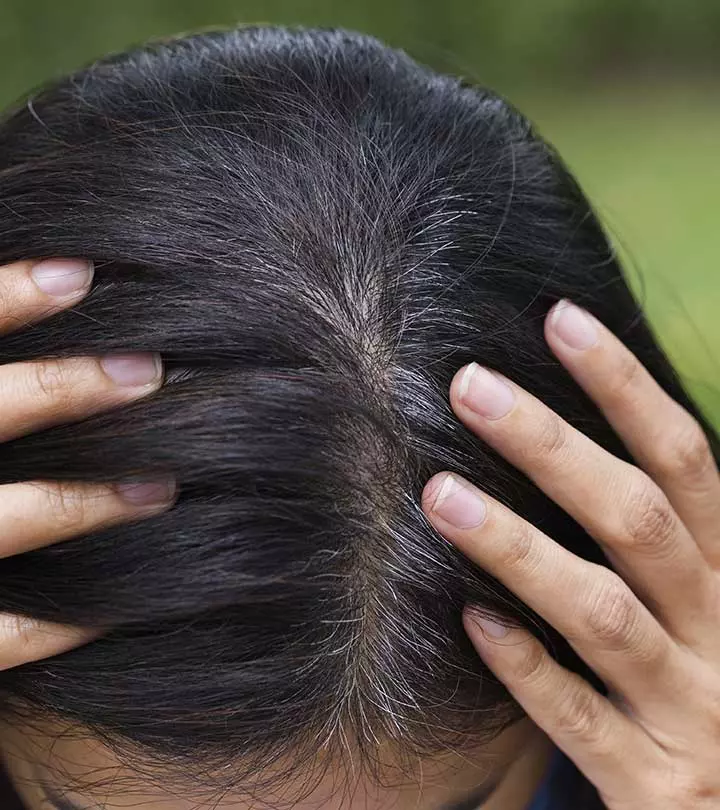
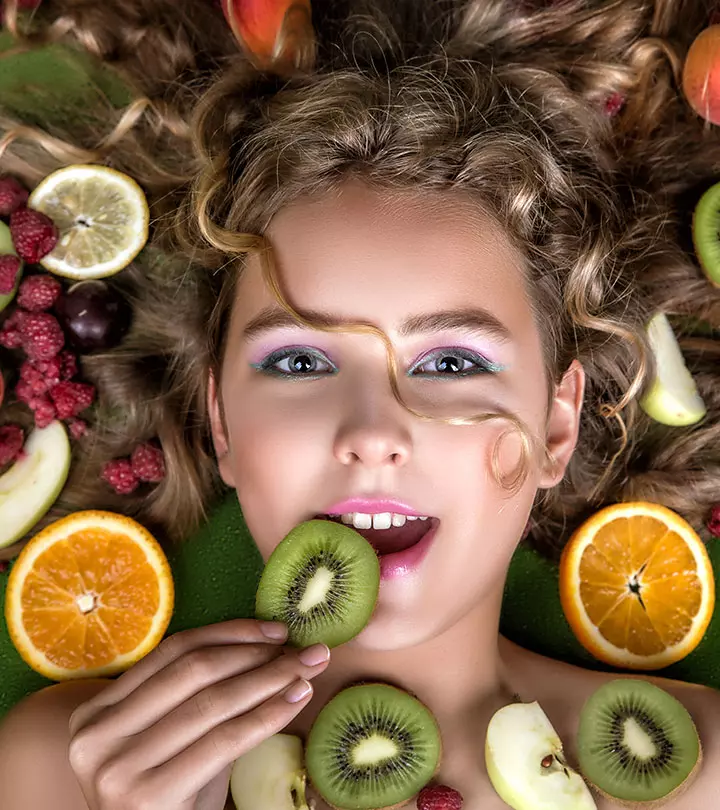
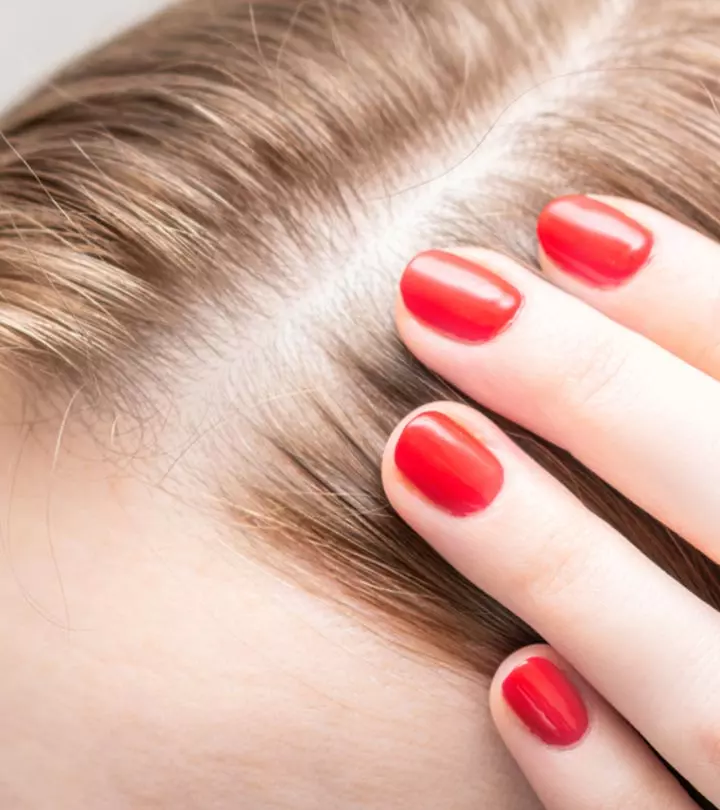
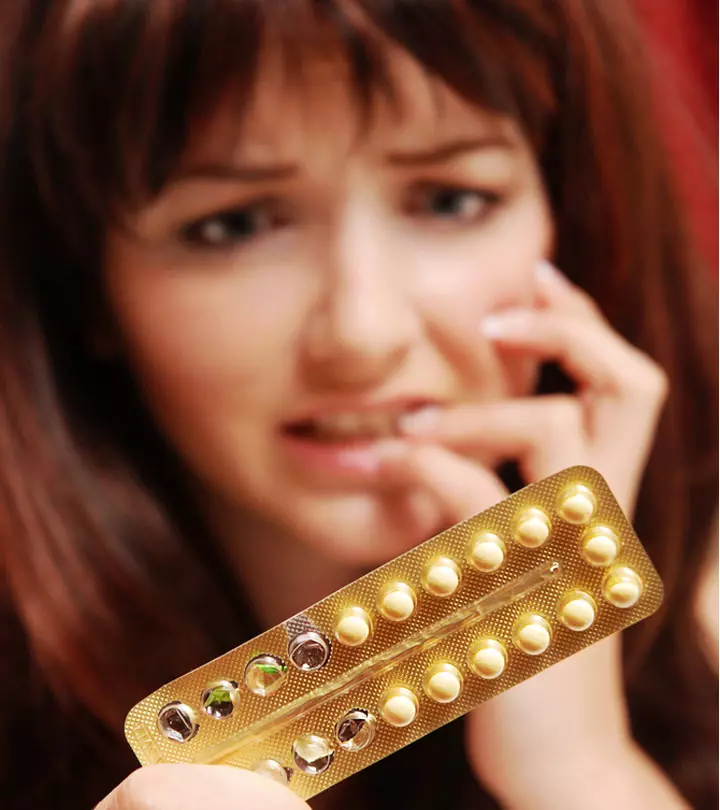
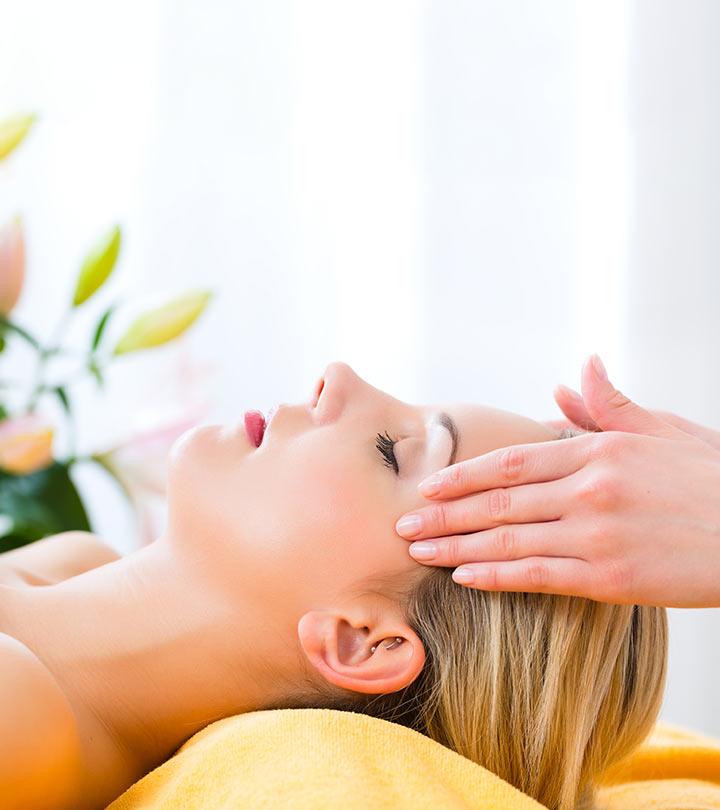
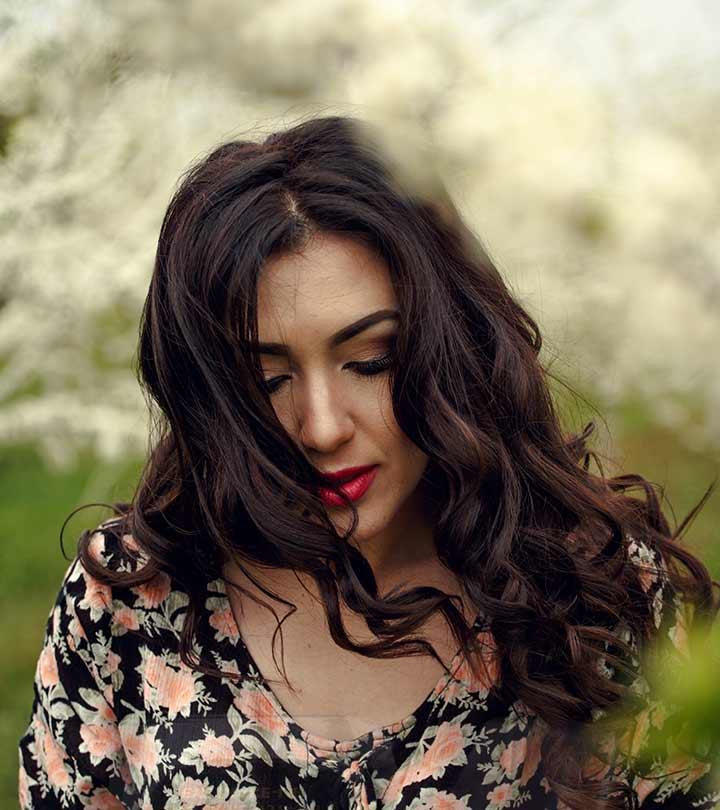
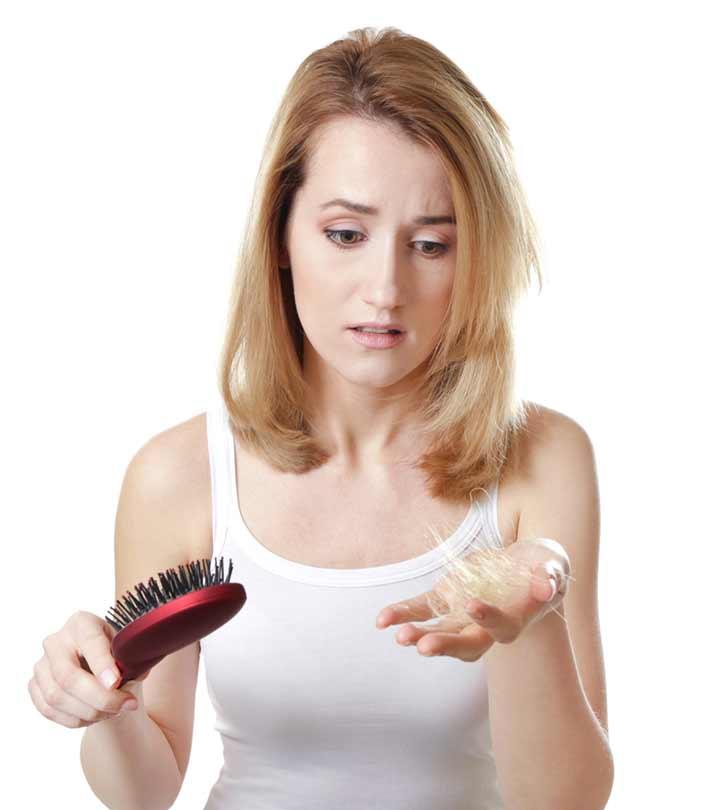
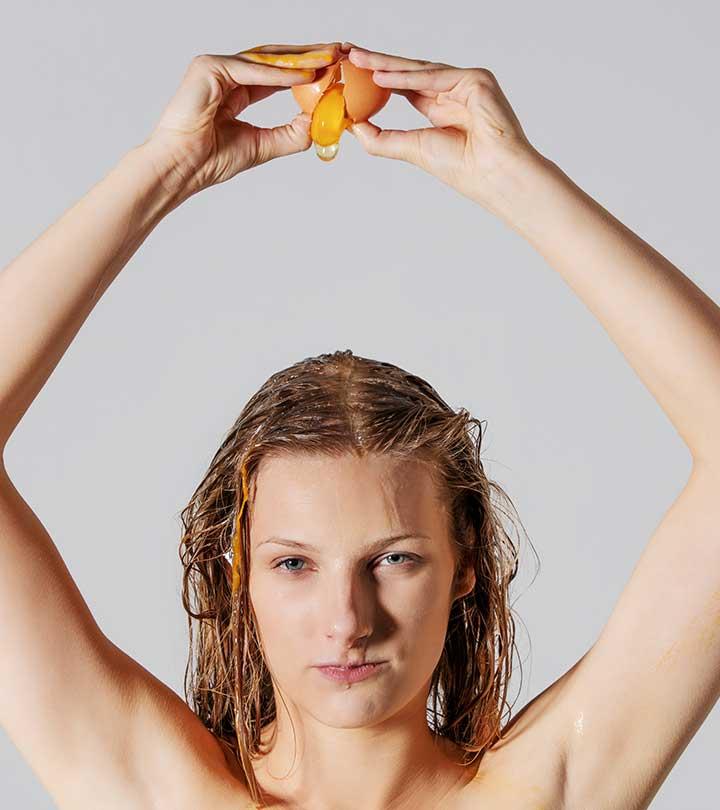
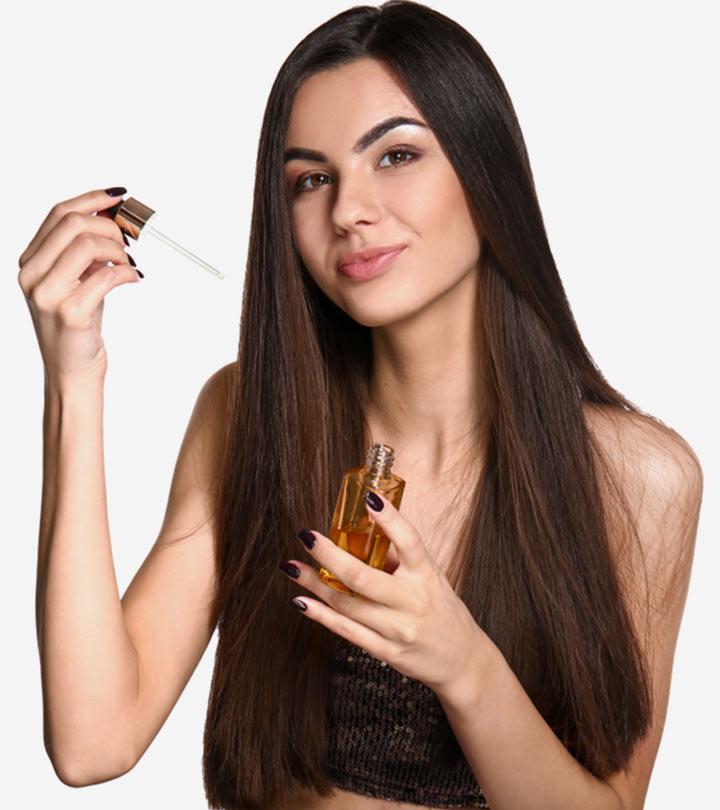
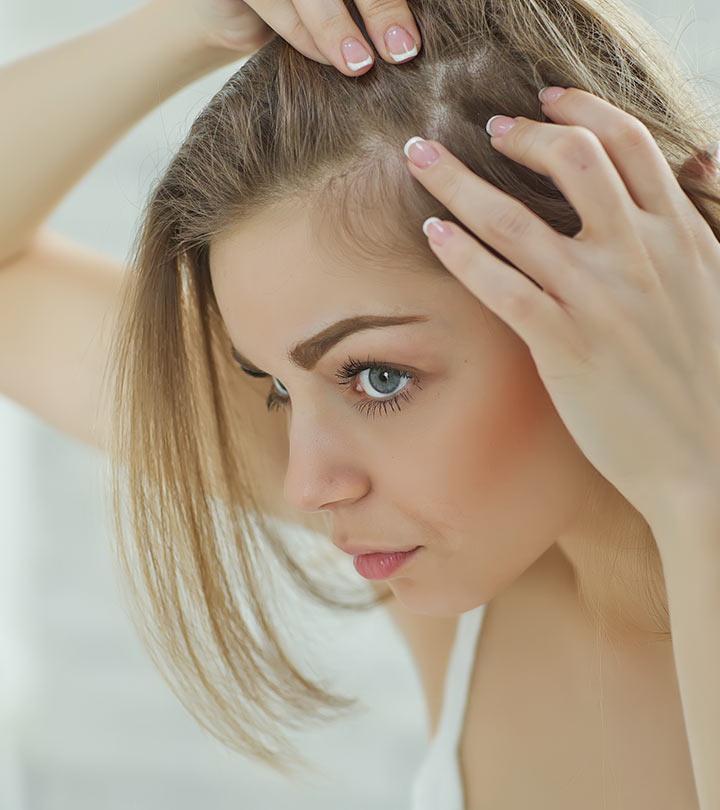
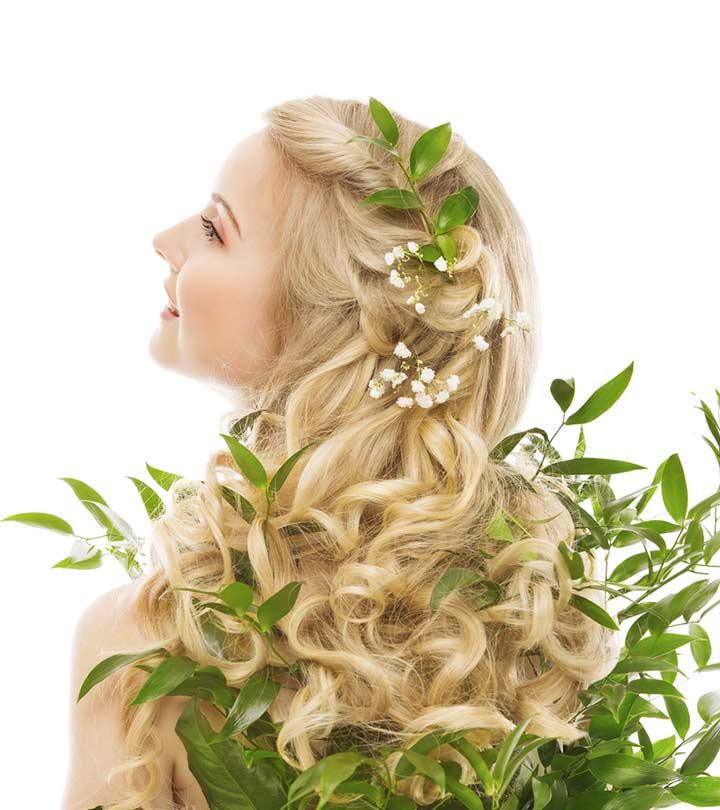
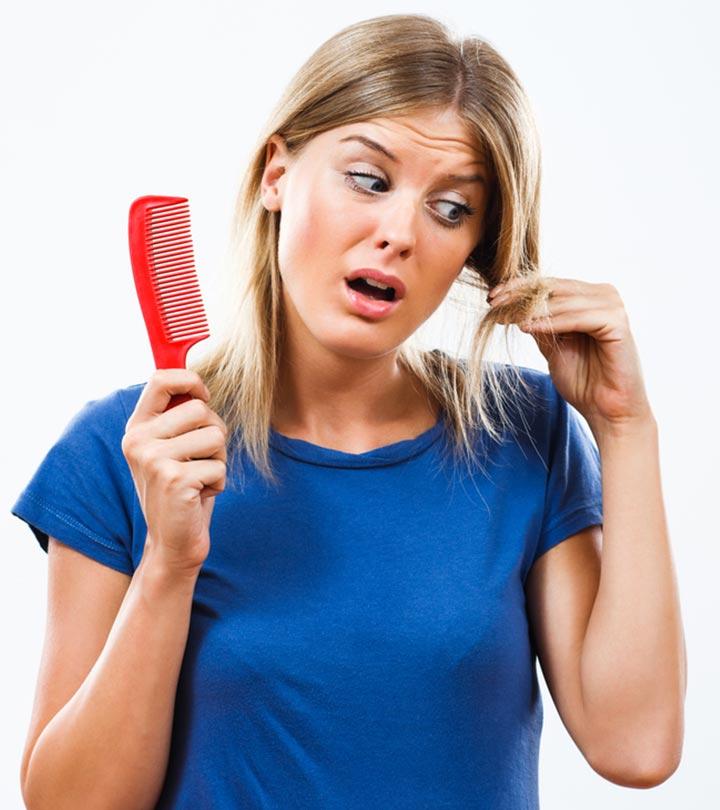
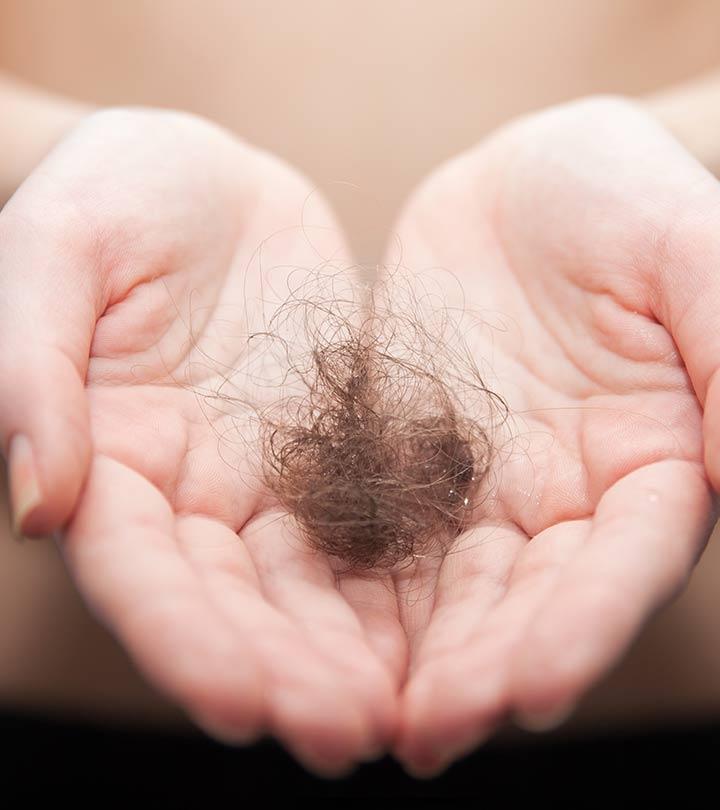
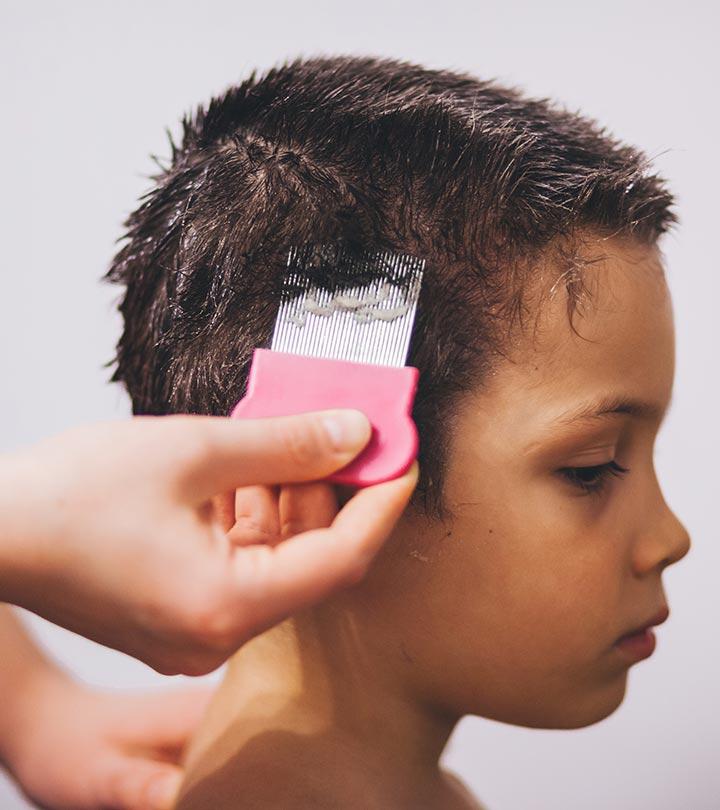
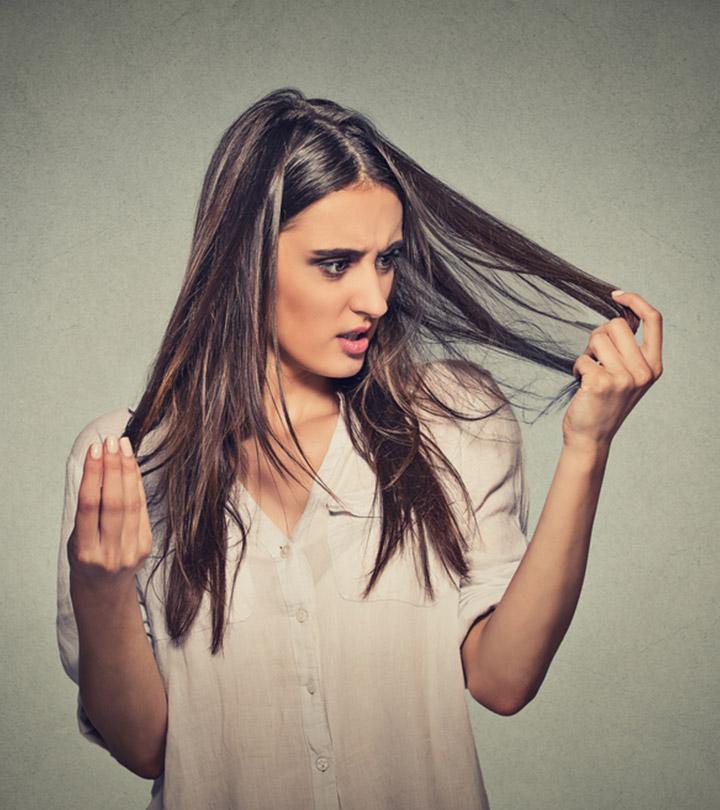
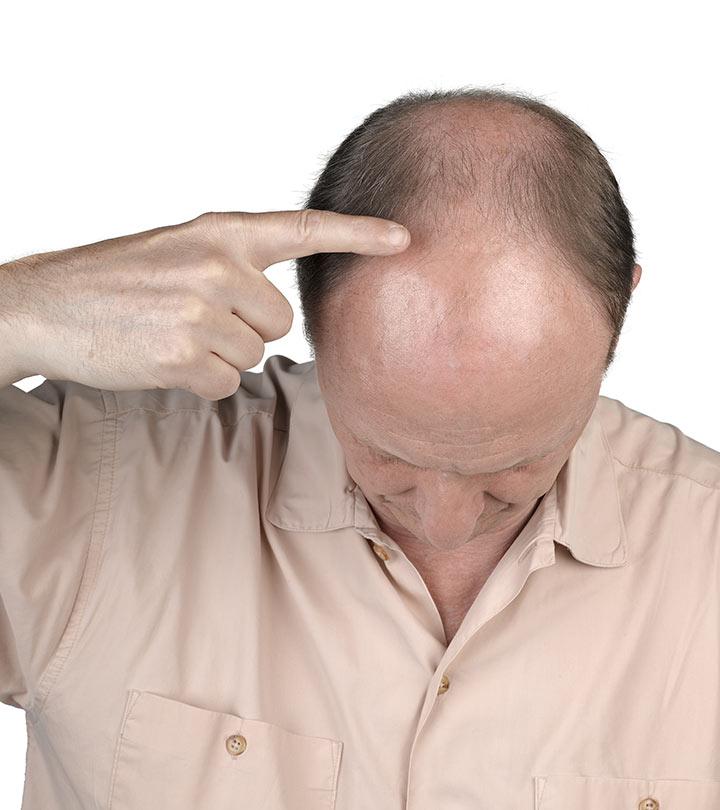
Community Experiences
Join the conversation and become a part of our empowering community! Share your stories, experiences, and insights to connect with other beauty, lifestyle, and health enthusiasts.